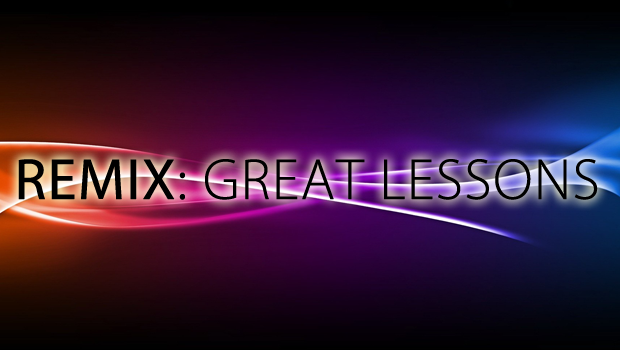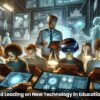
Great lessons have key characteristics. Many edu-bloggers have discussed this but for me, the one that nails it is Tom Sherrington where he discusses the topic in some detail in his ‘Great Lessons‘ series on his brilliant blog.
He breaks these down in to ten key areas:
- Probing (questioning)
- Rigour (pitch and tone of a lesson)
- Challenge (which also talks about flow – setting the right pitch of challenge)
- Differentiation
- Journeys (the learning journey)
- Explaining (the importance of educators being able to explain concepts well)
- Agility (planning but also being able to respond to learners in a lesson – the agile teacher)
- Awe (the ability of an educator to instil awe and its counterpart, wonder, within a lesson)
- Possibilities (allowing and facilitating blue-sky thinking in our learning and opportunities)
- Joy (enabling the transmission of joy for our subject, our learning and knowledge and instilling it for learners and colleagues alike)
With my heritage as a club DJ in my twenties and having a continued passion for music, particularly dance music – I’ve always seen there being a place for remixing older music – taking the best elements and moving them forward in some way. A great remix doesn’t replace the original version, it builds upon it – sometimes with new techniques added in. Sometimes this can involve new technologies, sometimes it does not – but the essence of what the original artist does, more often than not, remains true to the core – but the new artist develops the work to incorporate their own slant in to the piece of music. Sometimes, the remix becomes even more well known than the original track as was seen for example with Armand Van Helden’s remix of ‘Professional Widow’ by Tori Amos.
Here’s the original:
Here’s the remix:
Not to argue the differences of the two, but AVH’s remix does something to the already brilliant original that takes it to a completely different place and level.
I’ve always said throughout my career that one of the best professional development experiences you can have is visiting another teachers’ classroom. You will nearly always pick up a nugget that you can take back and use in your own practice. The Teachmeet phenomenon has taken that to an entirely new level with people being ever more willing to open up and share their practice, their failings, their learnings. Twitter for teachers raises this bar even higher with it being more like a 24/7 global Teachmeet with teachers sharing their highs, lows and more in an ever more public circle to facilitate their development and growth for the betterment of students under their tutelage. Of course there will always be disagreements and arguments on these topics, but one thing is for sure – it all helps our development and our own personal professional development; our learning.
When we take the thoughts and experiences of others – these nuggets of idea gold for use in our own lessons, do we take them verbatim and try to replicate them exactly and precisely? No. We don’t. We add our own slant. We remix them for ourselves and for our students so that they fit our classrooms with our students.
So what’s this post about?
In the vein of the remix and the remix artist putting their own slant on things, so I have been doing this for some time; not just in my own classroom, but supporting colleagues and educators across the country too. This post is an introduction to my series of remixing great lessons. Across the series I will explore the same ten topics as Tom did in his and look at how we can take technology and apply it in meaningful and purposeful ways. Note, I don’t use technology for the sake of it – if there’s a better way of doing things without technology, let’s do it… but on many occasions and in many different ways – particularly when we think of ourselves as Teacher 2.0 and being able to think mindfully about SAMR and how technology integrates with pedagogy and content – so we can make a massive difference to how students learn and how we can develop great lessons even further.
First up in the series will be ‘probing’ which will look at ways in which we can use technology to support and enhance questioning in the classroom. Not to replace some of the great teaching practices that are there already such as socratic questioning or question formulation technique, but how we can develop the way in which students develop their understanding through questioning in their learning episodes.
I hope you enjoy the series!















7 Comments